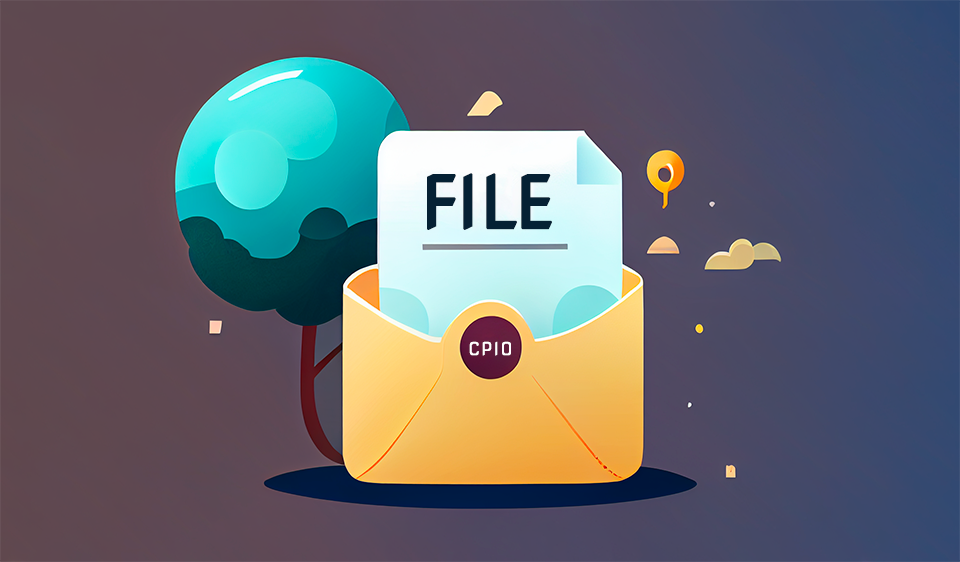What is CPIO?
CPIO is a file format used for archiving, which means that it allows multiple files to be combined into a single file for easier distribution and management. CPIO stands for “copy in, copy out,” and was originally developed as a utility for transferring files between systems on Unix-like operating systems. CPIO files are typically identified by the .cpio file extension.
How does CPIO work?
CPIO works by combining multiple files into a single file, along with metadata about each file, such as its name, size, and permissions. The resulting CPIO file can be used for archiving purposes, allowing users to easily distribute and manage multiple files. CPIO files can also be compressed using programs such as GZIP or BZIP2 to reduce their size.
Advantages of CPIO
There are several advantages to using CPIO for archiving:
- CPIO allows multiple files to be combined into a single file, which can be convenient for distributing and managing files.
- CPIO supports compression, which reduces the size of the archive file and makes it faster to transfer over a network.
- CPIO is widely supported on Unix-like systems, with support for the format built into many tools and utilities.
- CPIO is open-source, which means that it can be freely used and modified by anyone.
Uses of CPIO
CPIO is primarily used for archiving and distributing files on Unix-like systems. It is also commonly used to create custom archives for specific projects or applications.
